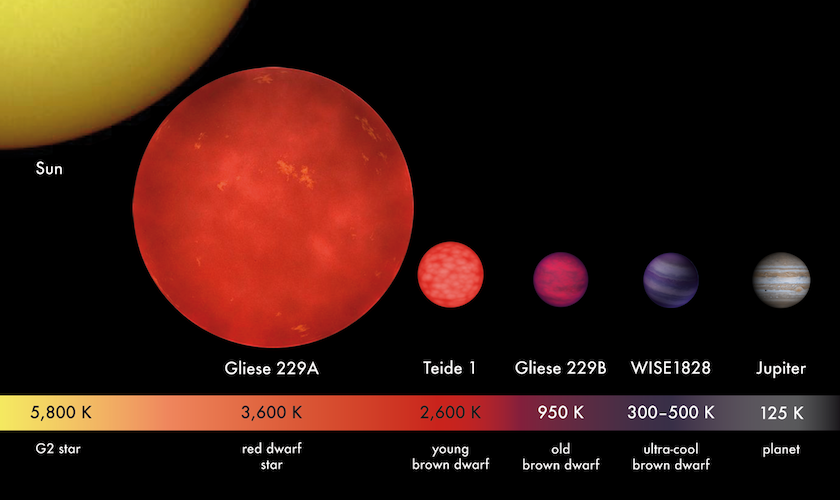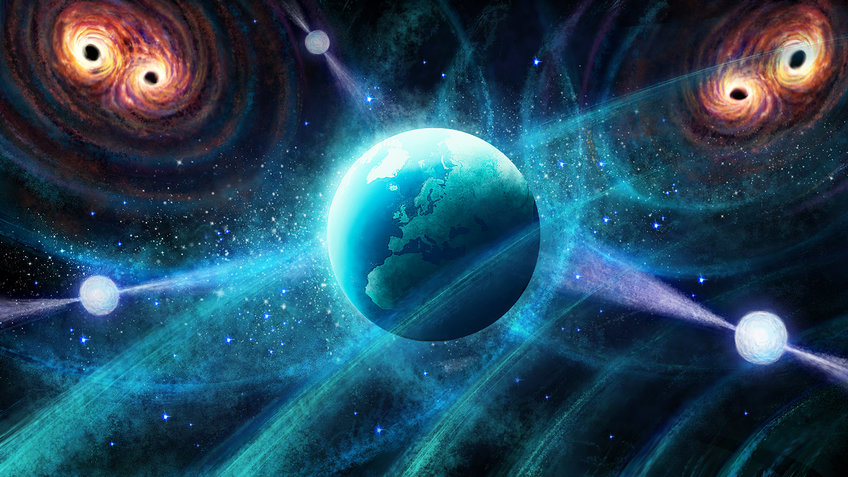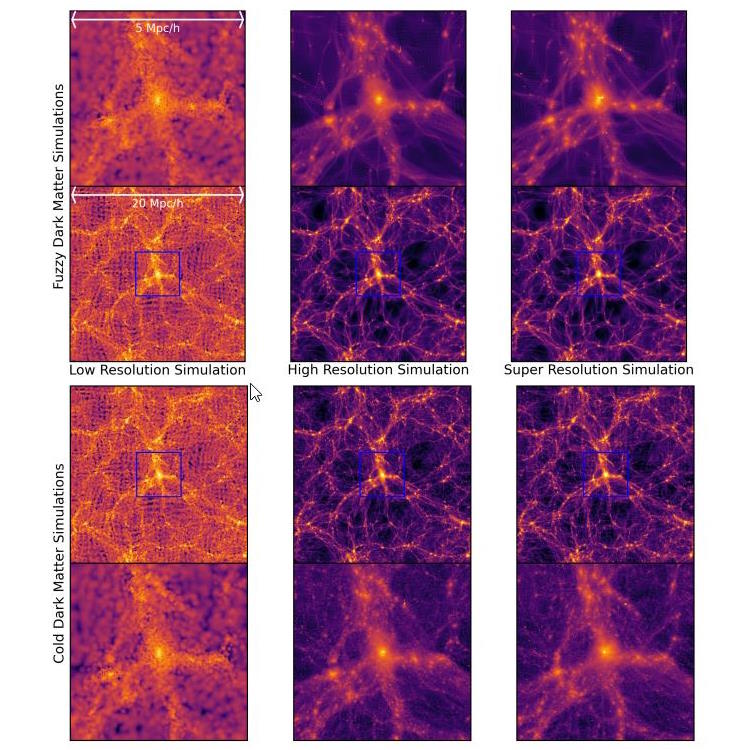Starts With A Bang podcast #99 – Varying and evolving stars

- While a star like our Sun doesn’t vary by much on a year-to-year, decade-to-decade or even century-to-century basis, many stars, both small, low-mass ones and very young ones, tell a different story.
- For most stars in the Universe, varying over time and evolving in their properties is the norm, and that has huge implications for their potential habitability; implications we too often overlook.
- Stellar evolution, contrary to the beliefs of many astrophysicists as recently as just a few years ago, is not a “solved” field, but rather continues to grow, and is full of surprises. Take a listen and find out what’s new!
You might not think about it very often, but when it comes to the question of “how old is a star that we’re observing,” there are some very simple approximations that we make: measure its mass, radius, temperature, and luminosity (and maybe metallicity, too, for an extra layer of accuracy), and we’ll tell you the age of this star, including how far along it is and how long we have to go until it meets its demise.
This also operates under a simple but not-always-accurate assumption: that all stars of a given mass and composition have the same age-radius and radius-temperature-luminosity relationships. That simply isn’t true! Stars vary, both over time as they evolve and also from star-to-star dependent on their rotation and magnetism. It’s a funny situation, because just a few years ago, people had declared stellar evolution as a basically “solved” field, and now it turns out that we might have to rethink how we’ve been thinking about the most common classes of stars of all!
To help us explore this topic, I’m so pleased to welcome Dr. Lyra Cao (pronounced “Tsao” and not “Cow” in case you were interested) to the program, where she helps walk us through what we’re only now learning about stars: particularly young stars, low-mass stars, and rapidly rotating stars. If you know nothing about stellar evolution, this will be a treat for you, as you won’t have to un-learn a massive amount of information to make sense of the Universe!





